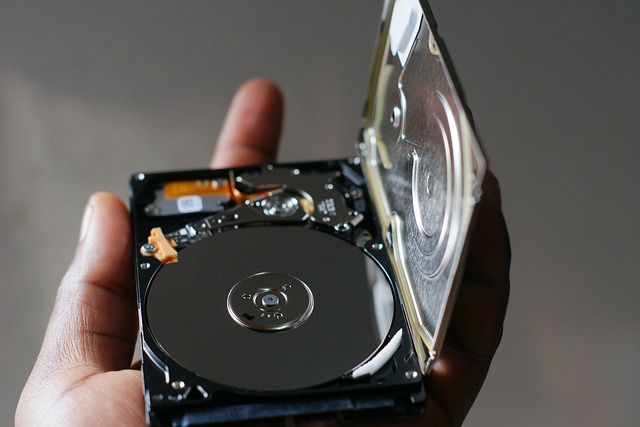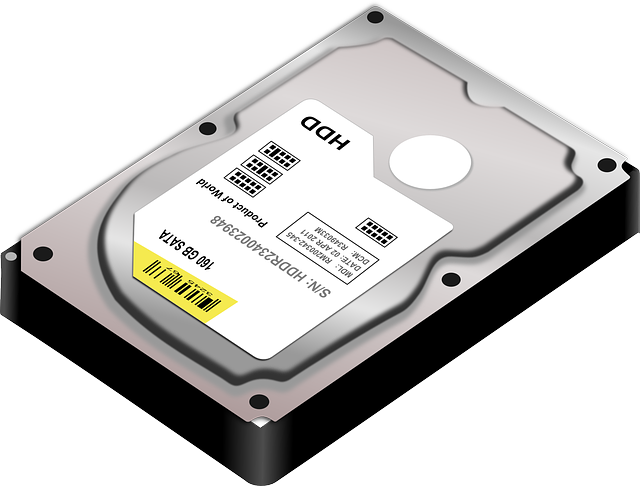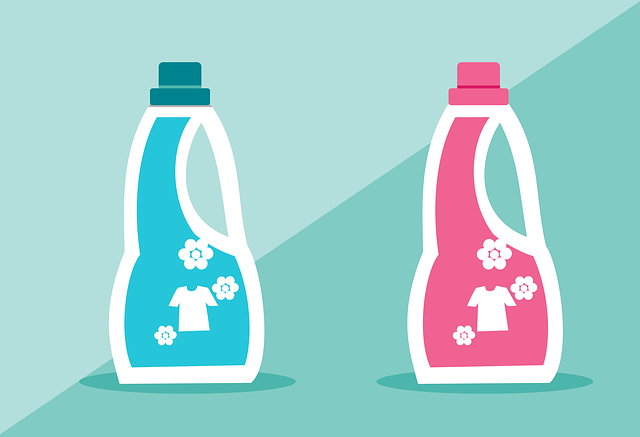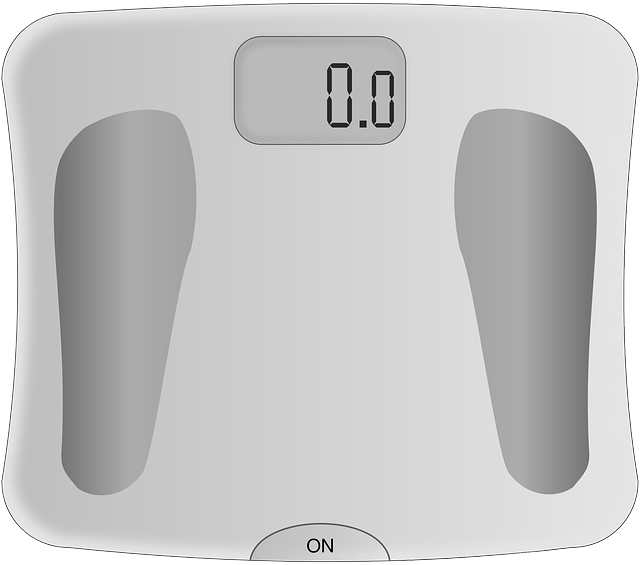Water heater efficiency is crucial for reducing energy consumption and utility bills. Mineral deposits, primarily calcium and magnesium, build up over time in hard water areas, insulating heating elements and decreasing efficiency. Regular cleaning, flushing, and proper temperature settings are vital to prevent buildup. Optimizing these factors ensures peak performance, conserves energy, and extends the lifespan of your water heater.
Water heaters are often overlooked when it comes to energy efficiency, but optimizing settings can significantly reduce energy consumption and lower your bills. This article guides you through understanding the impact of mineral deposits on water heater performance and provides practical tips for adjustments and regular maintenance. Learn how to set ideal temperatures, prevent deposit buildup, and ensure your water heater operates at peak efficiency, saving you money and conserving energy.
- Understanding Water Heater Efficiency and Mineral Deposits
- Optimizing Water Heater Settings for Energy Conservation
- Regular Maintenance Tips to Minimize Mineral Deposit Buildup
Understanding Water Heater Efficiency and Mineral Deposits
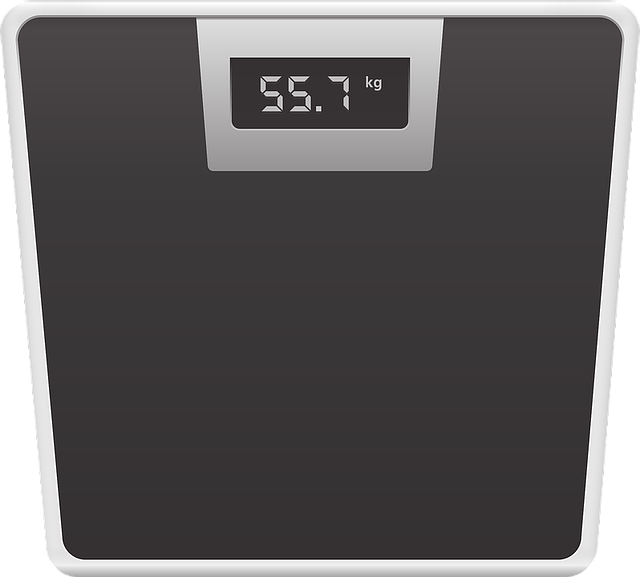
Water heater efficiency is a significant factor in reducing energy consumption and utility bills. Understanding how your water heater operates and the role of mineral deposits is crucial in optimizing its performance. Over time, mineral deposits can build up inside water heaters, particularly in areas with hard water. These deposits, primarily composed of calcium and magnesium, can insulate the heating elements, reducing their efficiency and requiring more energy to heat the water.
Regular cleaning and maintenance are essential to mitigate the effects of mineral deposits. Many modern water heaters come equipped with self-cleaning mechanisms or require periodic flushing to remove these sediments. By addressing mineral buildup, you can ensure your water heater runs at peak efficiency, providing hot water while conserving energy.
Optimizing Water Heater Settings for Energy Conservation

Optimizing water heater settings is a simple yet effective way to conserve energy and reduce utility costs. One of the primary factors that impact efficiency is the temperature at which the water heater operates. Lowering the setting from the manufacturer’s default can significantly decrease energy usage, especially in regions with mild climates. Regularly checking and adjusting the thermostat ensures you’re not heating water to a higher degree than necessary.
Additionally, addressing mineral deposits buildup inside the tank is crucial for maintaining efficiency. Over time, minerals like calcium and magnesium can accumulate, leading to reduced heat transfer and increased energy consumption. Implementing strategies such as using water softeners or regular cleaning routines helps mitigate this issue. By optimizing these settings and practices, you not only contribute to energy conservation but also prolong the lifespan of your water heater, making it a win-win for both your wallet and the environment.
Regular Maintenance Tips to Minimize Mineral Deposit Buildup

Regular maintenance is key to keeping your water heater running efficiently and minimizing mineral deposit buildup. Start by flushing your tank at least once a year to remove the sediment that accumulates over time. This can be done by shutting off the cold water supply, opening the hot water tap fully, and allowing the tank to drain completely. Once empty, refill the tank and reset the temperature settings according to manufacturer recommendations or energy-saving guidelines.
Additionally, insulate your water heater to prevent heat loss, which improves efficiency and reduces the need for frequent heating. Regular cleaning with vinegar or specialized cleaning solutions can also help dissolve mineral deposits that build up on the heating elements. Keep an eye out for any signs of corrosion or leaks, as these issues should be addressed promptly to maintain optimal performance and avoid costly repairs.

